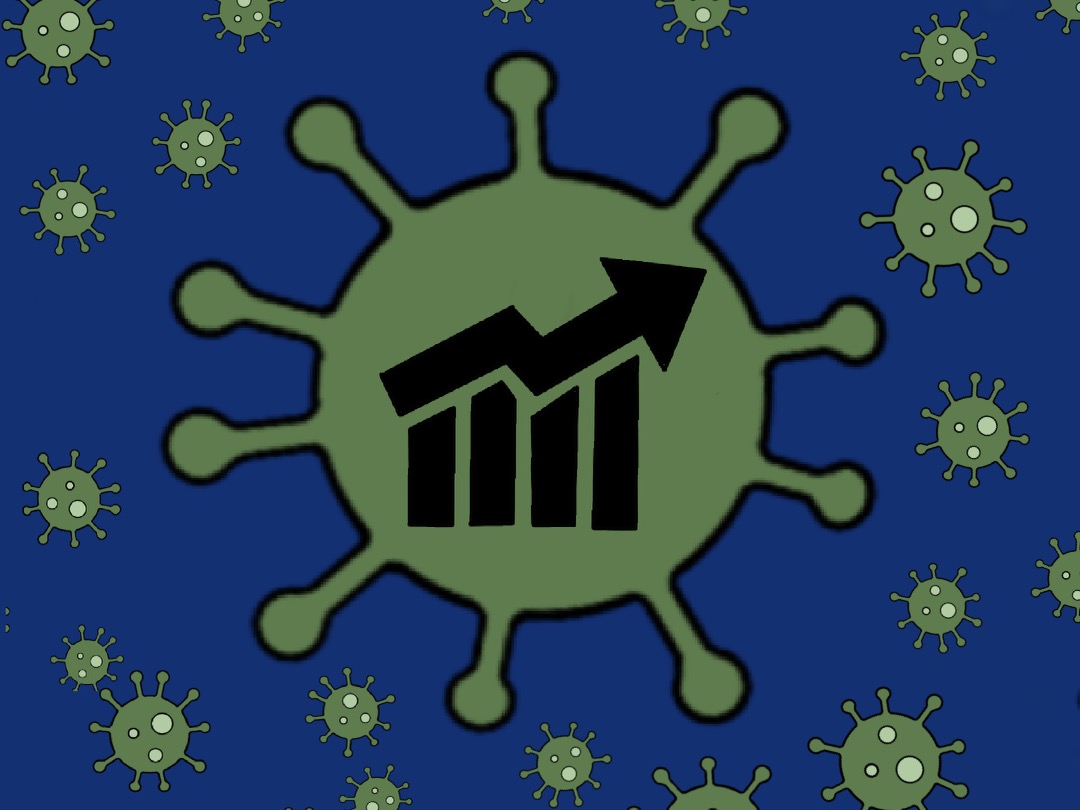Although the current atmosphere in Atlanta might not seem indicative of a rise in COVID-19 cases, transmission of the virus is yet again spiking. The lack of public health action to mitigate this spike is alarming and more must be done to stem the continuous spread of COVID.
If you look online, you might notice that new data on COVID case counts is difficult to find. Reliable sources for testing data such as Johns Hopkins and the Centers for Disease Control and Prevention (CDC) have a distinct lack of recent case numbers. This is because on May 11, the federal Public Health Emergency (PHE) for COVID ended. As a result of this, there have been changes to how COVID data reporting and surveillance is conducted.
During the PHE, the Department of Health and Human Services (HHS) had the authority to require lab testing reports for COVID. Once it ended, HHS lost that authority and the flow of testing data from labs was subsequently cut off, making recent data impossible to find. So if new case numbers aren’t available, how do we know cases are rising? Simple. By looking at hospitalization rates.
On May 12, one day after the PHE’s end, the CDC posted its last COVID Data Tracker Weekly Review, stating that in the wake of their aggregate case reporting cut off, hospitalization rates would become one of the two primary surveillance methods. According to data from COVID Act Now, hospitalization rates have more than tripled since June, rising from one and a half hospitalizations per week to nearly five.
When looking at hospitalization rates, it’s important to remember they’re a more delayed data point than case counts. Patients aren’t admitted to the hospital immediately after contracting the disease, instead being admitted days or weeks after showing symptoms. This makes the recent rise in hospitalization rates more alarming, as it is indicative of a period of high case numbers rather than a period of rising ones.
Despite this rise in transmission, COVID has remained largely outside of the current newscycle. Thus, there is little awareness about the persistent threat of the disease. The pandemic is not over and while COVID news continues to fall to the cutting room floor, Georgia’s COVID deaths have kept rising. Approximately 30,000 Georgians have died from COVID and the response has been indifference.
While some might argue that the success of COVID vaccines negates the need for further response, this argument is riddled with holes. The vaccine is an effective deterrent for the virus, but it is neither all-powerful nor all-encompassing. Many Georgians, especially the right-leaning rural population, still haven’t received a vaccine. But infection is possible even for those who are vaccinated and it’s becoming ever more likely as vaccine-resistant strains of Covid emerge. Therefore, more must be done than simply vaccinating.
Walking around Atlanta you’ll notice an almost complete lack of masking, even inside. It may not be necessary to go back to a mid-pandemic level of mask strictness, but they should certainly still be worn in crowded places. Hospitals are still overflowing and according to CNN, they’re at the same level they were during the pandemics peak.
If action isn’t taken, COVID will continue to wreak havoc throughout Atlanta, throughout Georgia and throughout the country as a whole. In order to protect Midtown’s community, we must make a serious effort to address the ongoing COVID threat.















